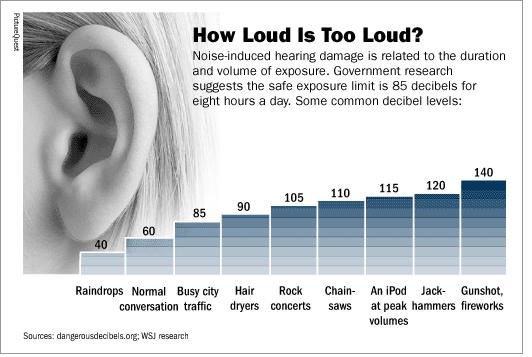Working At Same Volume
"Working at same volume in the studio is one of the secret key to mixing success."
This is what M. Hans Zimmer has recommended in his latest online masterclass.

Find The Sweet Spot...
This rule will help your ears and your brain to detect, check, verify and take the right decisions on so many subtle sound details. Our brain perceive loudness as a much more efficient quality sound, but it's a brain misconception. In fact, you will be very surprised to realize that you made your best sound design or your best tracks at a quite low volume level. This is only a question of ear training and a bit of patience. It can take quite a long time to find your sweet spot between the "too loud" and "too quite" volume feeling. When you find it, keep it.
In psy-trance music production, you should always work at the same "descent" volume, but a bit louder than Hans Zimmer usual settings. Just because electronic dance music need a bigger loudness for the dancefloor, especifically with the kick & bass sound design, which is the most proeminent sound and one of the most important element of a dance track, that you will always need to work at a quite loud volume during the composition.
Of course, M. Zimmer and the cinematic music world are also into the "loudness war" and need to realize the perceived loudness in the cinema, but this is a different world of music standards with the 5.1 Dolby, EBU or K-System standards, etc...
I'm also a Cinematic Sci-Fi music composer and sound designer since few years now, and I realized that I'm always working 10 or 15dB louder in Psy-Trance than in Sci-Fi Music. That's not the same loudness goals at all... Electronic Dance music is essentially using Kick and Bass to reach the maximum Loudness on the dancefloor, while Cinematic Orchestral music is using much more dynamic sounds and try to reach Loudness by many different sounds in the low-end of the spectrum. (sub bass, drones, impacts, trailer elements...)
Preserve Your Ears...
Be careful with one thing: your ears are suffering in studio. They get tired way before you. You must take a pause every hour if you don't want to have some ears problems in the next 3 or 5 years... When I'm composing Psy-Trance music, I like to keep volume at around 75 dB in my room, and 80dB maximum when mastering. It's already dangerous, so I take a lot of pause when working at such high level. When I'm more into sound design, cinematic composition, or even when starting a track, I can break that rule but in a positive way, because in that case, I will work at 65-70dB max.

Acoustic Treatment...
I want to let you know about the importance of acoustic in your studio: If you don't have any acoustic treatment in your studio, your ears will be tired much more faster. This is due to the reverberation and many waves reflexion occuring in your room. So you definatly must find a descent volume in function of your type of room.

Same Rule With Your Headphones...
Headphones are not included in that rule, as Hans Zimmer didn't mention nothing about it. I think you should use some headphones only when it's necessary (i.e: at mixing stage), and you shouldn't use them above 80dB, in the way to preserve your ears. You won't make better sounds if you push the volume up in your brain, that's a brain fake! Last thing about headphones, If for any reason, you like to use heapdhones in one ear and studio monitors in the other ear, please note this is a very tiring situation for your ears and your brain. Don't do this above 70dB.
Conclusion
Find the sweet spot volume level to work in your home studio and keep it. I know that adjusting a simple volume knob is something automatic for a music producer, but if you take in consideration the essential rule from M. Zimmer: "working at same volume, always", you will definatly make better sounds and stop touching that f**** level knob !!!








Leave a Comment